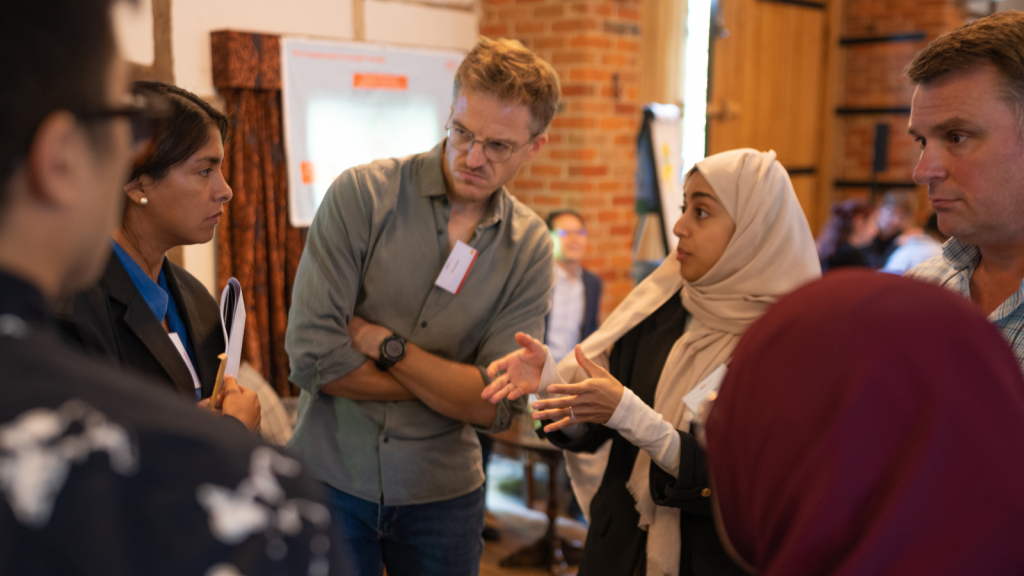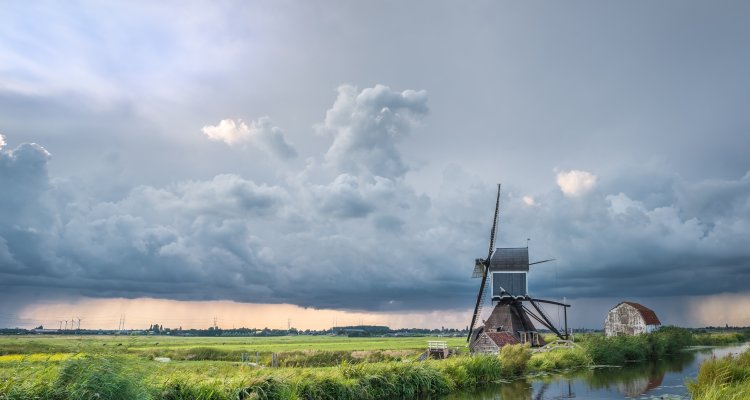
A guest post by Thomas Tichar, SOIF 2023 retreat participant and advisor in socio-economic inclusion and foresight in food systems at Wageningen University & Research.
A few years ago, a team at my university mapped out how the Netherlands could look like in 2120 if nature is regarded as the solution–part of our socio-economic model–rather than the victim of our current system. After receiving a lot of domestic media attention, we did a similar mapping at a European scale, published last year. In June this year, we published a short study on if and how this futures mapping design can support nature-positive futures in low and middle-income countries or regions around the world.

I became interested in futures and strategic foresight a few years ago as it is becoming more widely applied and practised at Wageningen University & Research. Our work ranges from quantitative forecasting and geo-mapping to long-term scenario work. My department works with partners across African, Asian and Latin American countries, and has supported the Bangladeshi governments in its Dhaka Food Agenda 2041. Together with Oxford University, we are developing food systems scenarios in other countries through the FoSTr programme. It is often said that many of today’s biggest challenges are ‘complex’ or ‘wicked problems’ but these labels don’t provide solutions.

Supporting the humans
Climate change and the decline in biodiversity and ecosystems is one such complex challenge–or rather, an overlapping and mutually reinforcing series of challenges. Mapping potential futures and backcasting them to today seems like a more robust approach both to unpack the ecosystem issues, and to address what’s referred to as ‘just transitions’.
The dilemma of climate change and biodiversity decline is that it will impact billions of people in fundamental ways, while the transition towards a more ecosystem-friendly model will impact many of those same people. So how do we do it in a way that is good for nature while supporting the humans that need it most in the transition? This is a particularly challenging question in countries where social safety nets are weak or absent.
Implementing the steps
I came to the SOIF Retreat last year to try to answer this question. I had already been involved in some scenario work, but the Retreat made clear the history and schools of thinking around the subject, alongside a practical step-by-step process to apply it. This has really grounded the approach for me, and has allowed me to anchor how different colleagues and programmes implement the steps to scenario and foresight work. I’ve since brought this back into our study on futures of nature-based solutions–as well as into a toolkit we’re developing on futures for food systems.
The key question for me, however, remains: how to translate the futures and backcasting into actual changes in behaviour, and to achieve systemic change. Working on adaptive governance will enable futures to shift towards nature-based solutions, more resilient food systems and whatever other complex challenge is being addressed. Futures and forecasting is certainly the first step to getting there.
Learn how foresight can unlock transformation whether at a system, sector or community level by joining us at our next SOIF retreat. For more detailed information and to register, please visit our website.
